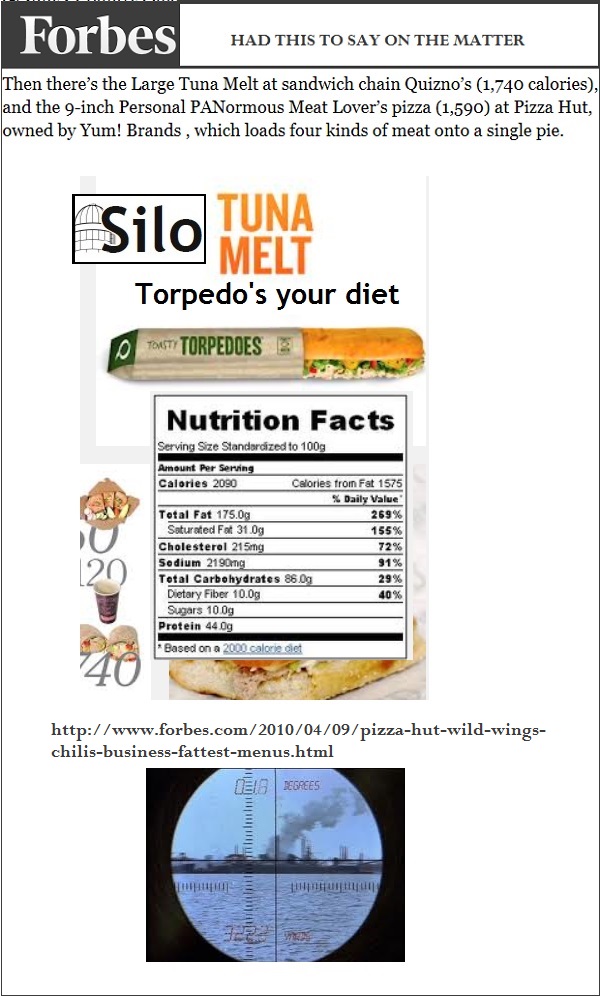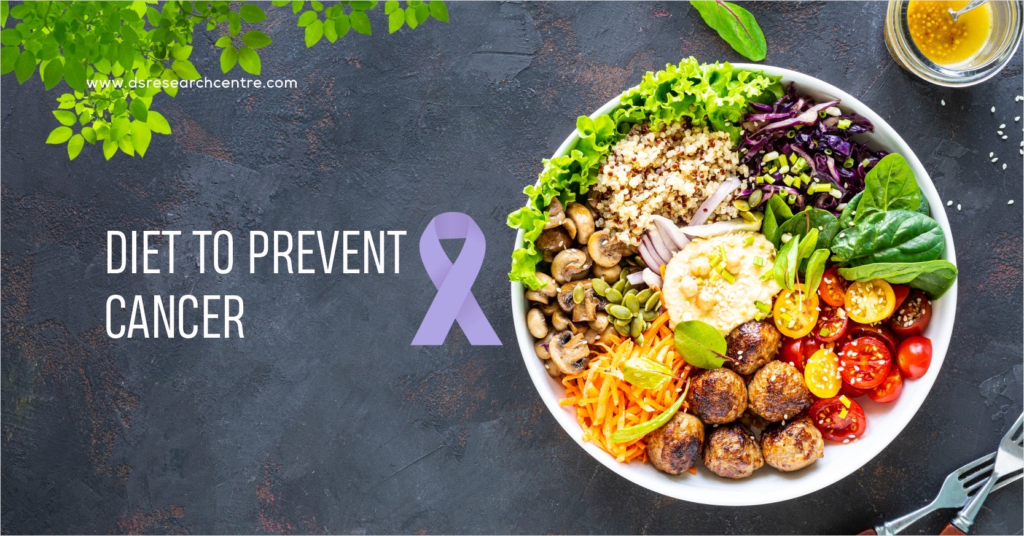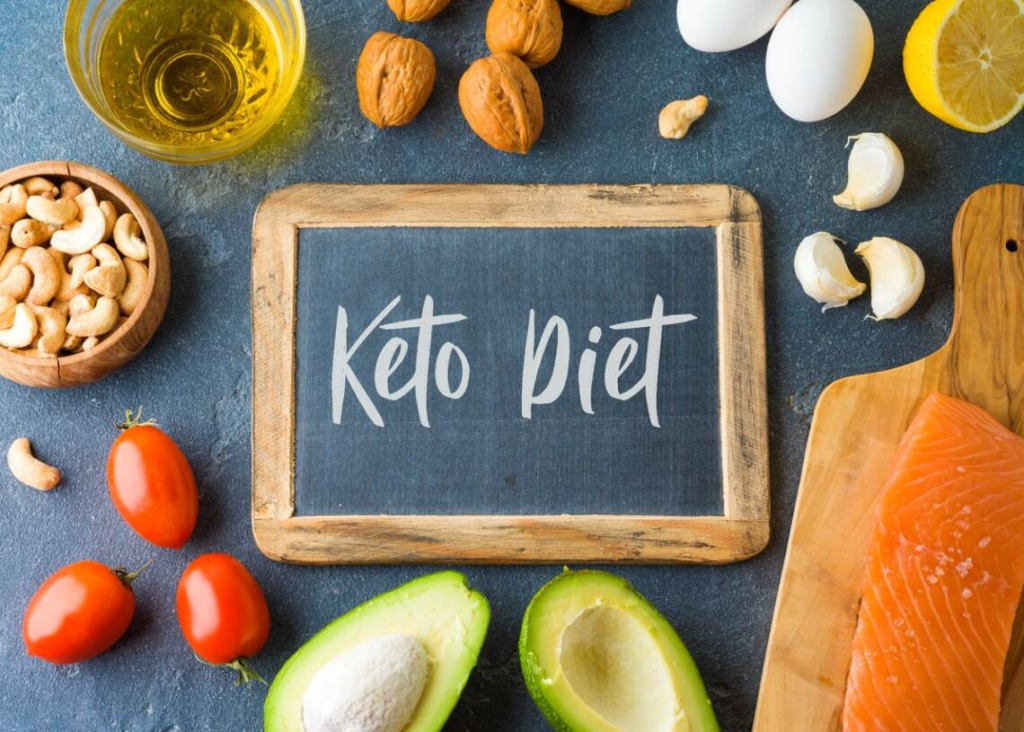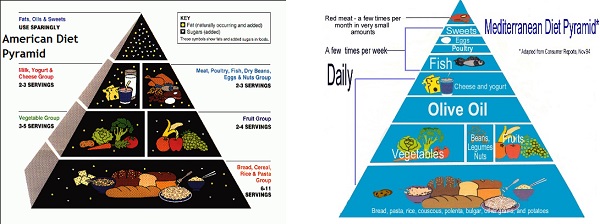
For many people, the holidays involve indulging in buffet tables loaded with lots of fattening, processed foods and sugary sweets.
For those of us who strive the rest of the year to eat a healthy diet while leading busy lives, it can be a challenging time. Not only are we busier than ever, we know that all those foods we usually try to avoid are going to give us indigestion, sap our energy, and pile on the pounds.
“It really isn’t hard to give yourself, your family and friends the gift of delicious, nutrient-rich meals over the holidays,” says holistic chef and certified healing foods specialist Shelley Alexander, author of “Deliciously Holistic,” (www.aharmonyhealing.com), a new, full-color cookbook featuring more than 154 of her favorite healing foods recipes and 50 pages of holistic lifestyle tips to increase energy and immunity.
“Instead of heading to the local supermarket, visit a farmers’ market, where you can buy fresh, local, seasonal and organic produce, along with other nutritious foods created by farmers and local food artisans,” she says. “You’ll have a much more enjoyable experience in addition to stocking up on all the ingredients you need to have handy. You can also find excellent choices at natural and health food stores.”
Nutrient-rich, whole foods that don’t have unnatural fillers and other additives, including seasonal, organic vegetables and fruits, wild-caught
seafood, and pasture-raised, organic chicken and meats that come from well-fed, unadulterated, healthy animals, will completely nourish your body, make you feel better and ramp up your energy, she says. And you’ll find you won’t overeat, so it’s much easier to maintain your weight without counting calories.

Alexander offers six tips for quick and convenient healthy eating during the holidays.
1• When shopping, check labels and avoid foods with a long list of ingredients. The best whole foods have one or just a few unprocessed or minimally processed, easily recognized ingredients, Alexander says. Among ingredients to avoid: chemicals, artificial sweeteners, high fructose corn syrup, nitrates, MSG, genetically modified ingredients and preservatives (indicated by the initials BHT, BHA, EDTA and
THBQ.)
2• Set aside a few hours each week to prep foods to eat in the days ahead. Cut up produce and store it in airtight containers. Lightly wash produce before using with natural vegetable wash or use one part white vinegar to three parts water. Make several homemade vinaigrettes or dressings to last all week so you can make leafy greens and vegetable salads in minutes. Clean and marinate enough meat or poultry for dinners over the next few days.
3• Start your day with a green smoothie. Cut and freeze organic fresh fruit to use in green smoothies. You can also buy frozen fruit that’s already cut up. Add organic kale or spinach, coconut water or nut and seed milks plus natural sweeteners such as dates or stevia for an energy-boosting beverage.
4• For your holiday dinners, plan on making at least three to four dishes that are both delicious and nutritious. Good examples are pasture-raised, wild turkey with sage and garlic, baked wild salmon with lemon and herbs, steamed greens, roasted heirloom root vegetables drizzled with balsamic glaze, pureed winter squash soups, and desserts made with seasonal fruits, spices, and healthy sweeteners like coconut sugar or raw honey.
5• Invest in a dehydrator. Dehydrate fruits and vegetables and raw nuts or seeds that have been soaked in unrefined sea salt water (which removes anti-nutrients, kick-starts the germination process, and increases key vitamins), and you’ll have plenty of on-the-go snacks with a long shelf life. Dehydrators are convenient and easy to use; Alexander recommends Excalibur branded products.
6• Make batches of fermented vegetables twice a month. Alexander recommends eating fermented vegetables every day to keep your digestive system healthy. They’re loaded with probiotics – the good bacteria your intestines need. Mix a variety of organic vegetables such as carrots and celery into brine with warm filtered water, unrefined sea salt, and cultured vegetable starter or liquid whey, and mix with shredded cabbage heads. Pack the mixture into sterilized glass jars and allow the vegetables to ferment for five to seven days. Once done fermenting, store in the refrigerator for up to 6 months.
“Stick to whole, healthy foods this holiday season, and you’ll feel so good, you won’t want to go near the buffet table at your office party,” Alexander says.
Shelley Alexander, CHFS: Shelley Alexander has enjoyed a lifelong love of delicious, locally grown, seasonal foods. She received her formal chef’s training at The Los Angeles Culinary Institute. Alexander is a holistic chef, certified healing foods specialist, cookbook author, and owner of the holistic health company, A Harmony Healing, in Los Angeles.








